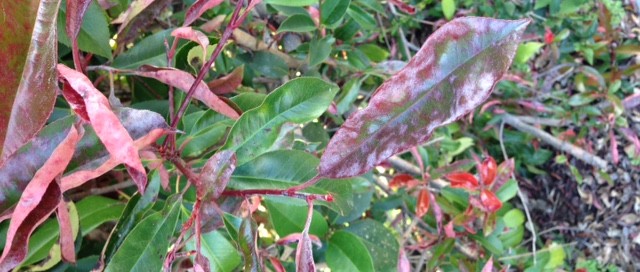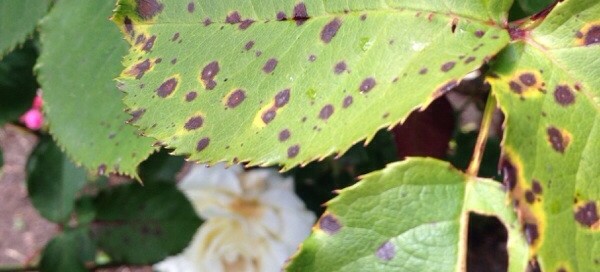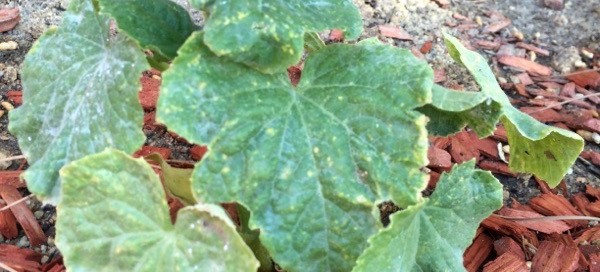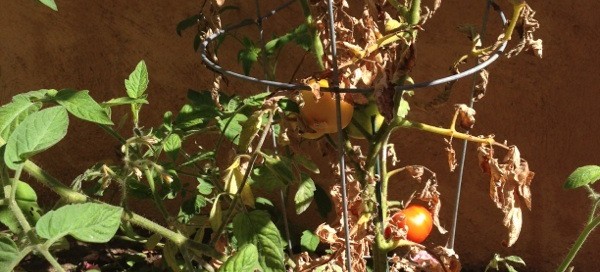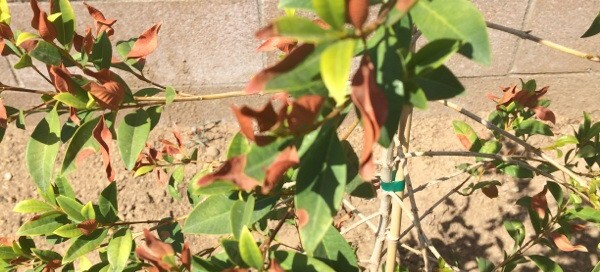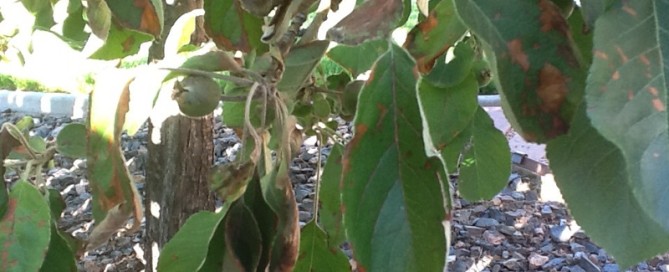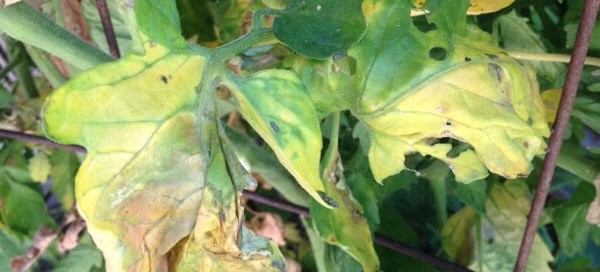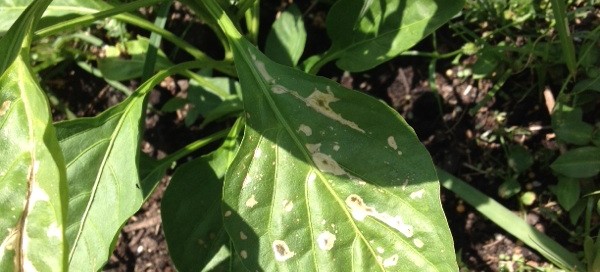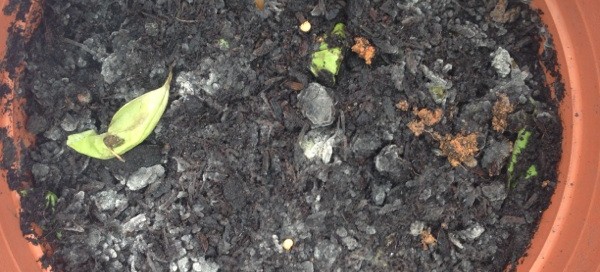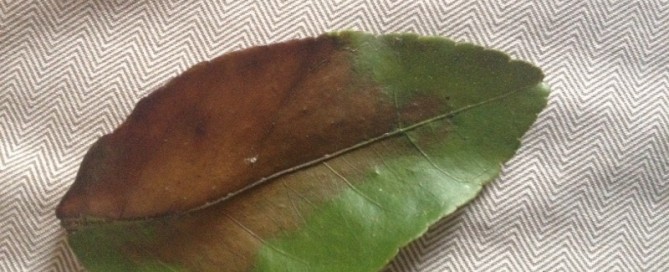Powdery Mildew On Roses
The plant is Photinia x fraseri. It is in the same plant family as Roses. This is likely a fungal disease called Powdery Mildew; one of the most common diseases of roses, peonies, phlox (and many other plants). Moderate temperatures of 60° to 80°F and shady conditions are the most favorable for powdery mildew development, and will spread. Roses do best in areas where there is full sun for 6-8 hours per day. The fungal spores are spread by wind. The good news is, you can manage this disease; sometimes fungicides are needed. Actinovate and Neem oil are two organic products that can help you with eliminating the fungus. Be sure to pick up any leaves and throw them out - do not put them in the compost pile. Also - do not water the leaves. Only water at the base of the plant.
